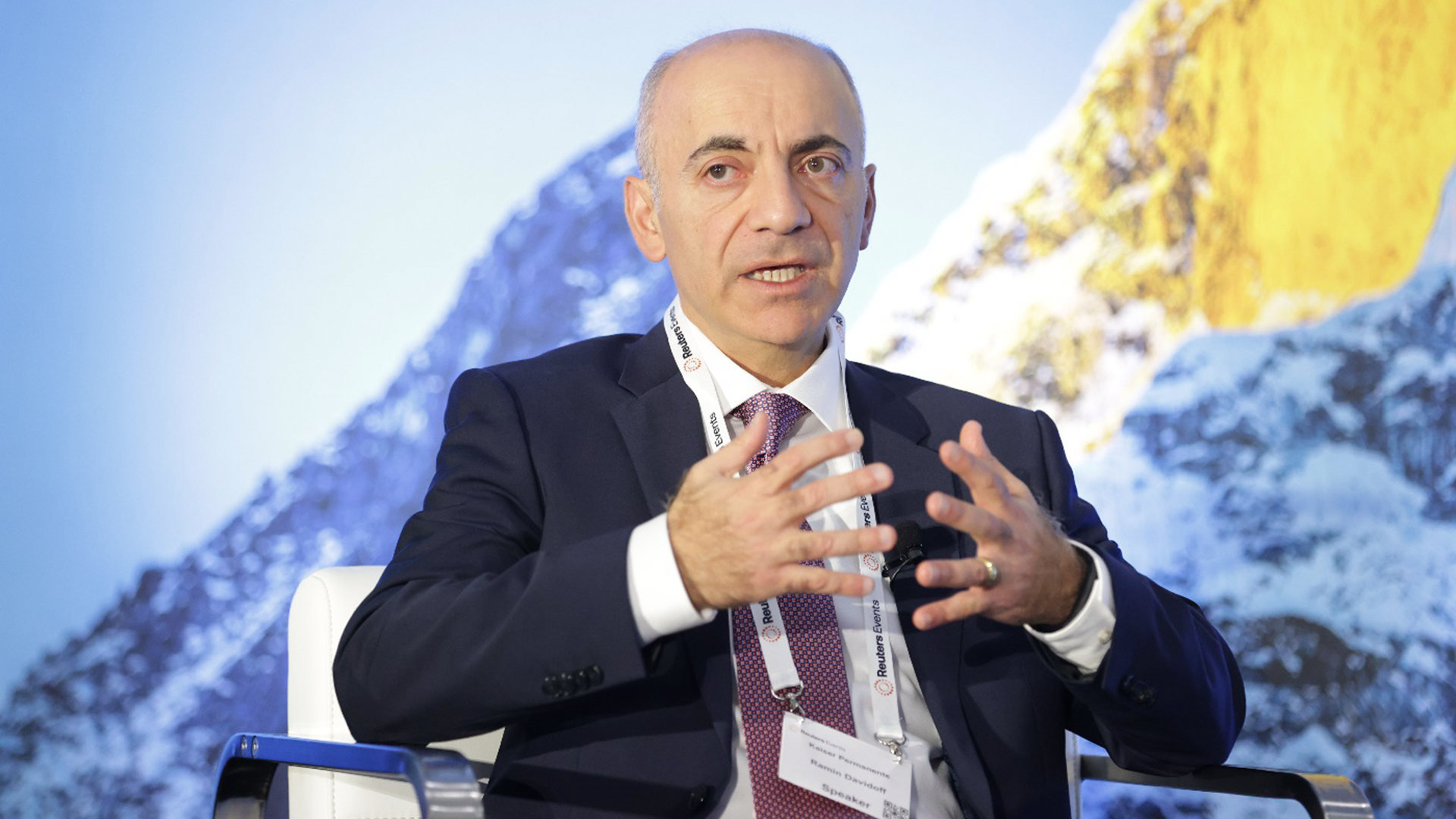Co-CEO of The Permanente Federation recognized for prioritizing physician wellness, improving care quality, and driving advancements in AI.
Mary Wierusz, MD, speaks with the AMA on addressing physician burnout

In a recent interview with the American Medical Association, Mary Wierusz, MD, medical director of clinician wellness for Washington Permanente Medical Group, discussed the steps and processes her team took to successfully lower physician burnout and create impactful organizational change. She also talked about the obstacles impeding progress and why looking at issues through a well-being lens is so important to fostering clinician wellness.
During the height of the COVID-19 pandemic, physician and clinician burnout rates grew to national crisis levels. To successfully mitigate this issue within the Washington Permanente Medical Group, Dr. Wierusz led the way to build and maintain community and connection at the individual level while also working to enact systemic culture changes.
“We acknowledge we have a lot to do, but we’re also really encouraged to see improvement in … burnout rates,” said Dr. Wierusz. From 2021–22, the burnout rate dropped nearly 6% at Washington Permanente Medical Group. This compared positively to the national physician burnout rate, which spiked from 38% in 2021 to nearly 63% in 2021.
Dr. Wierusz attributed this success to an overarching strategy that incorporates best-practice models from leaders in clinician well-being, including Stanford Medicine and the National Academy of Medicine. The program at Washington Permanente Medical Group incorporated recommendations from these models to address organizational culture, personal resilience, efficiency of practice, and leadership development.
Related story: “Making clinician wellness part of the system”
“We focused on building out change agents — people within the organization to advance the work — across the system and developing a culture of well-being,” said Dr. Wierusz. Those change agents make up the Health & Wellness Advisory Group, which helped develop and implement a peer-support program and a women’s leadership coaching pilot, among other initiatives.
The Health & Wellness Advisory Group gathered feedback from clinicians and care teams to create a concerted organizational response around 3 primary themes that make the most impact in their day-to-day work: time, flexibility, and community.
Even with that progress, Dr. Wierusz said that the most impactful changes can take time. Part of the path forward is getting leaders to understand that both long-term systemic changes and support at the individual level are key. “So now the biggest challenge is ensuring everyone understands that it’s not an either-or situation — it’s both,” she said.
Dr. Wierusz aims to “educate, inspire, and empower our leaders to choose a wellness lens.” This means connecting with directors and C-suite executives to break down silos and formalize partnerships so everyone across the organization thinks about how their policy and practice decisions affect clinician well-being.
Dr. Wierusz also stressed the need for bidirectional communication to maintain transparency and communication around initiatives. “People want to be heard, but they also want that feedback loop closed. That’s always something that we’ve focused on improving.”
Note: You can read the full interview on the AMA site.


